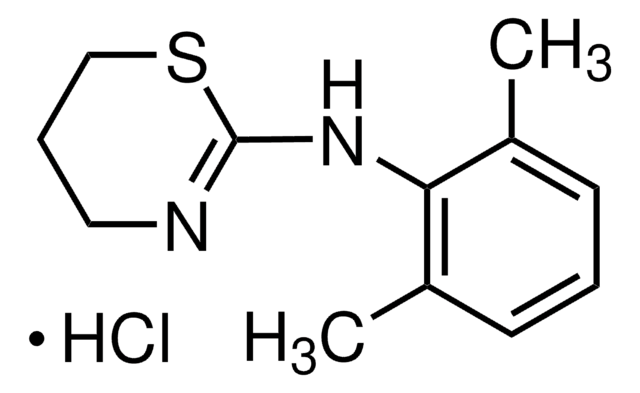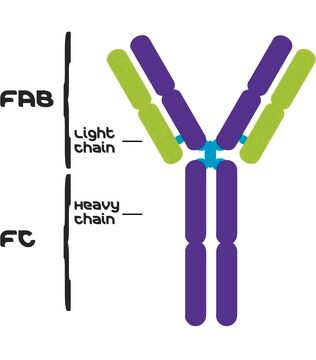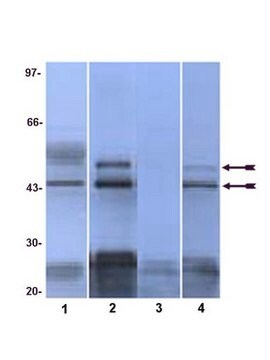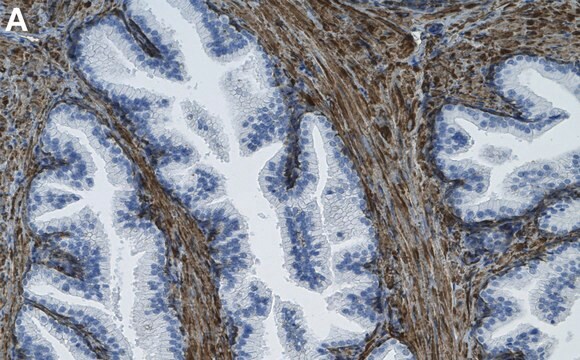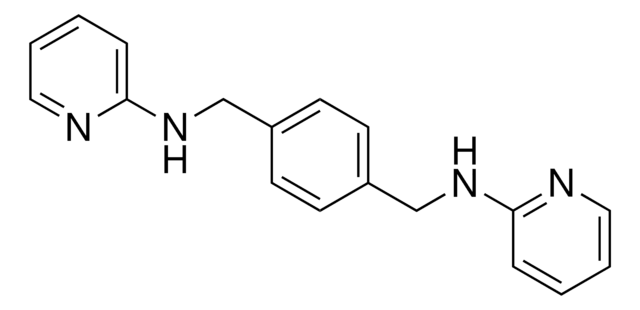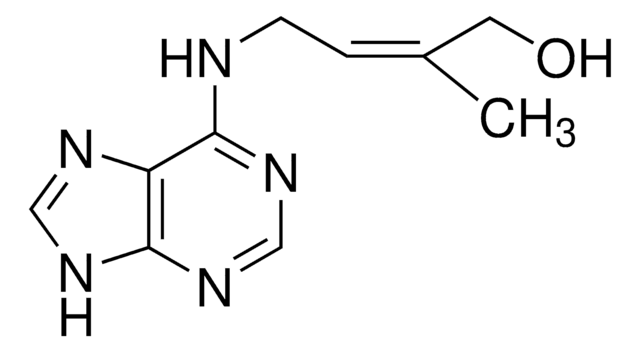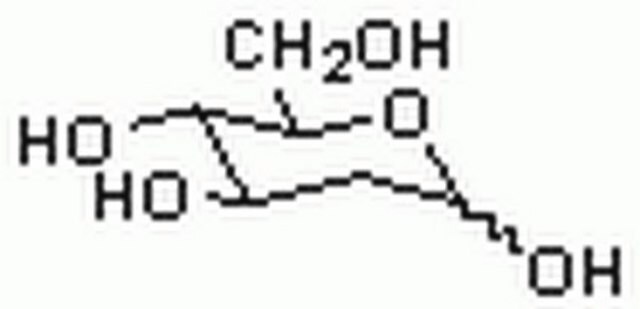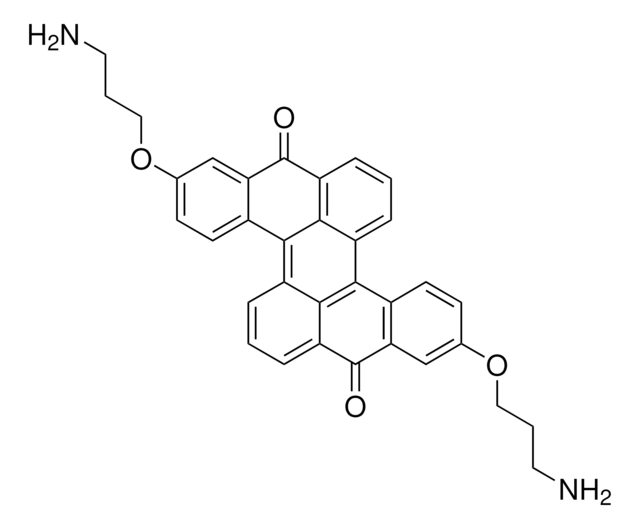SAB5300161
Monoclonal Anti-Ractopamine antibody produced in mouse
clone Rac1, ascites fluid
Synonym(s):
N/A
Sign Into View Organizational & Contract Pricing
All Photos(1)
About This Item
UNSPSC Code:
12352203
NACRES:
NA.41
Recommended Products
biological source
mouse
Quality Level
conjugate
unconjugated
antibody form
ascites fluid
antibody product type
primary antibodies
clone
Rac1, monoclonal
species reactivity
human
technique(s)
direct ELISA: 1:10,000
western blot: 1:500-1:2,000
isotype
IgG
shipped in
wet ice
storage temp.
−20°C
target post-translational modification
unmodified
Immunogen
Rac-OVA.
Mouse monoclonal antibody raised against Ractopamine
Mouse monoclonal antibody raised against Ractopamine
Physical form
Ascitic fluid containing 0.03% sodium azide.
Disclaimer
Unless otherwise stated in our catalog or other company documentation accompanying the product(s), our products are intended for research use only and are not to be used for any other purpose, which includes but is not limited to, unauthorized commercial uses, in vitro diagnostic uses, ex vivo or in vivo therapeutic uses or any type of consumption or application to humans or animals.
Not finding the right product?
Try our Product Selector Tool.
Storage Class Code
10 - Combustible liquids
WGK
WGK 3
Flash Point(F)
Not applicable
Flash Point(C)
Not applicable
Certificates of Analysis (COA)
Search for Certificates of Analysis (COA) by entering the products Lot/Batch Number. Lot and Batch Numbers can be found on a product’s label following the words ‘Lot’ or ‘Batch’.
Already Own This Product?
Find documentation for the products that you have recently purchased in the Document Library.
Cansu Karabiyik et al.
Brain pathology (Zurich, Switzerland), 28(4), 569-580 (2017-09-30)
The Rho GTPase Rac1 is a multifunctional protein involved in distinct pathways ranging from development to pathology. The aim of the present study was to unravel the contribution of neuronal Rac1 in regulating the response to brain injury induced by
Diane Chan et al.
The Journal of biological chemistry, 286(18), 16140-16149 (2011-04-02)
Mutations in leucine-rich repeat kinase 2 (LRRK2) are currently the most common genetic cause of familial late-onset Parkinson disease, which is clinically indistinguishable from idiopathic disease. The most common pathological mutation in LRRK2, G2019S LRRK2, is known to cause neurite
Y R Juste et al.
Methods in molecular biology (Clifton, N.J.), 1880, 703-727 (2019-01-06)
Chaperone-mediated autophagy (CMA) is a selective type of autophagy whereby a specific subset of intracellular proteins is targeted to the lysosome for degradation. These proteins are identified by a chaperone that targets them to lysosomes. There, they are translocated into
Our team of scientists has experience in all areas of research including Life Science, Material Science, Chemical Synthesis, Chromatography, Analytical and many others.
Contact Technical Service